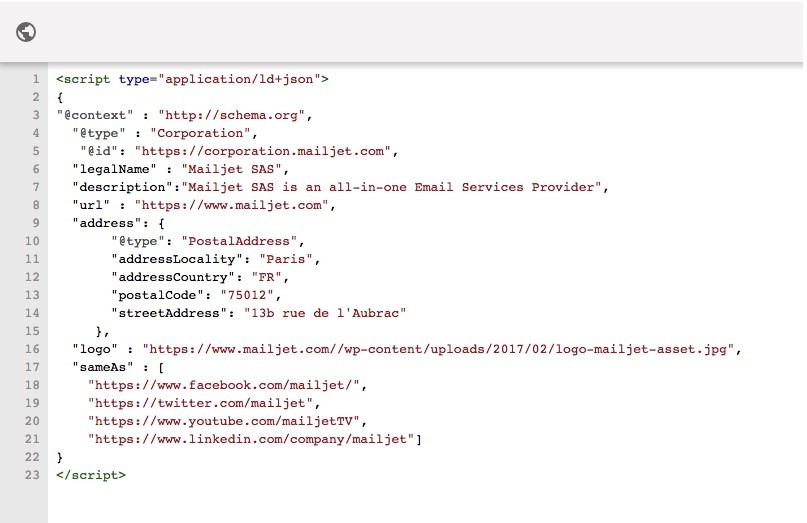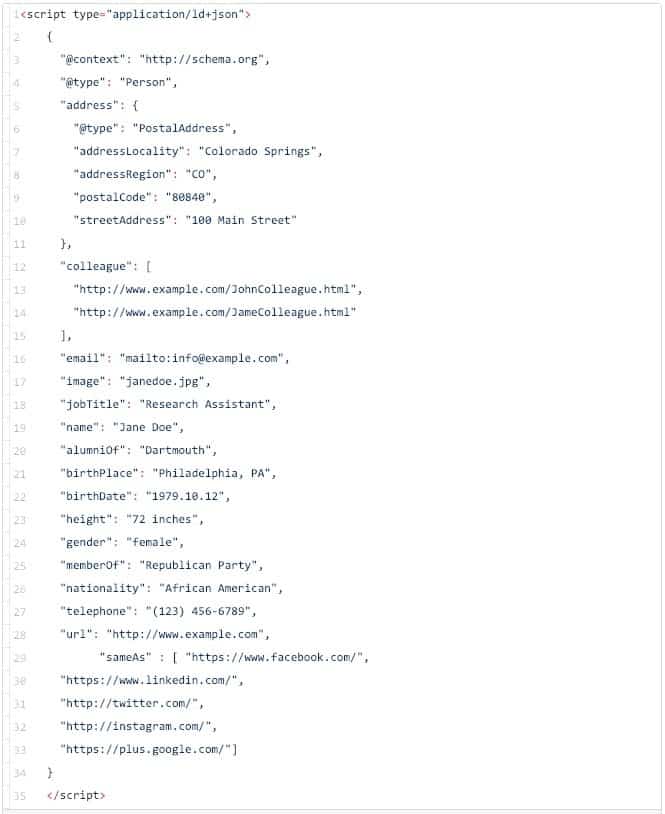
Schemes for local SEO:
The one who reaches the client first and most effectively is the one who closes the deal.
The data market is a syndication routine for additional data that permits search engines to access information on certain search topics. These data are inserted into the web code through a specific routine and later on will be recognized by search engines to extract important information from the web and to satisfy search engine criteria more completely, focusing on user satisfaction. This way, if you were to perform a search such as “chicken and rice recipes”, all of the results contain a “recipe” schema. The search engine detects the schema within the web code and shows pages containing that schema first to better complement the user experience (UX). To sum up, these schemas function mostly as an extra element influencing the positioning of search results.
Back to Local SEO in Real Estate:
There are a series of schemas that function very effectively for the world of Real Estate. The first is the “Corporation Schema” (a Google-certified example is attached). This type of schema allows for the geographical location of the real estate company, an excellent SEO tool, since searches made within a radius of miles around the company will cause it to come up first in the results. In other words, if you search for properties with your mobile phone and you’re located in Miami Beach, nearby real estate companies that possess this schema will come up first in the search results.
The “Corporation” schema serves as a basis for another schema, the “person” schema. This schema is ideal for marking individuals. For example, with this schema you can mark yourself as a “realtor”. The “person” schema is connected to the “Corporation” schema. Subsequently, the “product” schema can be implemented (another example of which is attached). Properties can be highlighted as independent products in order to create a better user experience. For example, a search for a “small, two-bedroom house” would bring up a list of individual properties with these characteristics. This way of showing our data allows users to find you when they search for these kinds of descriptive terms that the schemas capture when users perform searches from locations within a certain distance from the property.

“Corporation” Rich Snippet
The marking of data as “person”, “product” and “corporation” satisfies user search criteria. If we combine them correctly, we can advantageously position ourselves in a local area while simultaneously reaching nearby areas, allowing ALL of our properties work in our favor. Every one of our properties is a kind of flag that indicates to Google, and by extension all other search engines, that we are there. One of our properties is shown, and is connected to a person, who is connected at the time to a company. This is the way in which, using indexing for mobile devices in 2019, we can optimize the experience of our users using mobile devices while simultaneously bettering our position in search results.
“Persona” Rich Snippet

From the combination of local SEO optimization, correct use of our images and the implementation of a good “schema” marking, we can become more relevant to our users. In a world saturated with properties and offers that are constantly changing day by day, the difference that we can make is the way in which we show all of this to our customers.
Many companies do not take into account the fact that from an SEO point of view, you are competing with the best 9 others for a position on the first Google search results page. From the 11th position, it is very unlikely that you will be visible. Additionally, there are usually 6 positions which are paid for that compete for the user’s attention. What is the best way to stand out?
Try a free consultation of your site’s content to see what upgrades you need to implement to improve your positions in the SERP.
Schedule An Appointment
Fill out your details below with the service that you need, date and preferred hour and we’ll get back to you to book an appointment.

